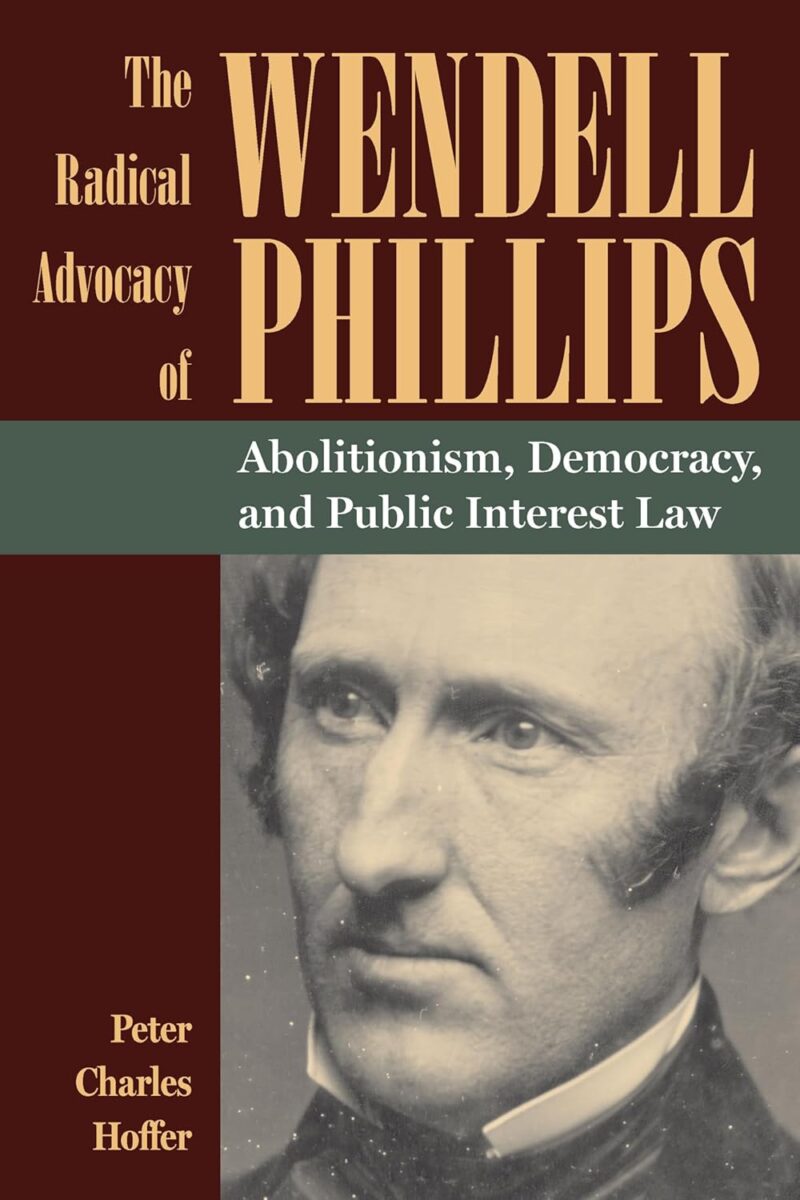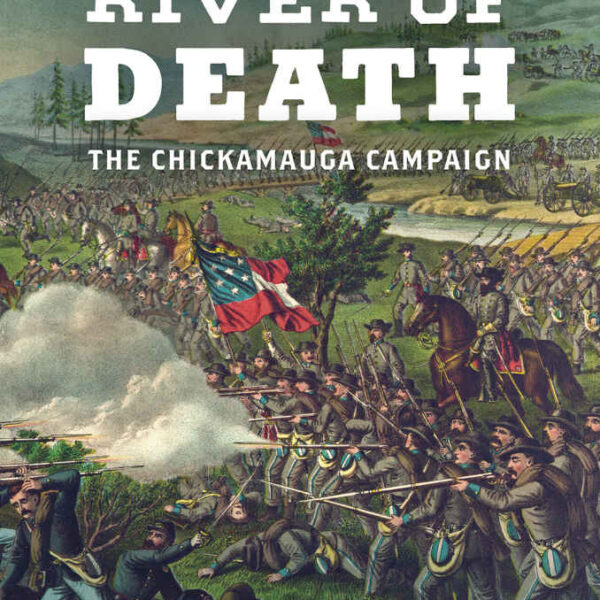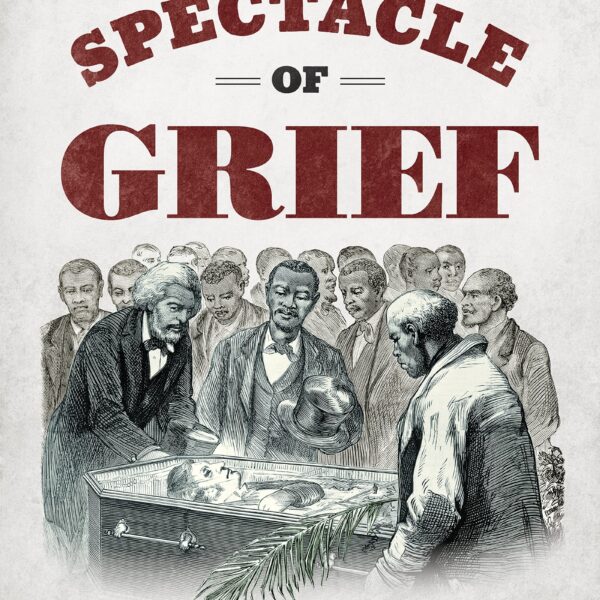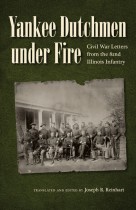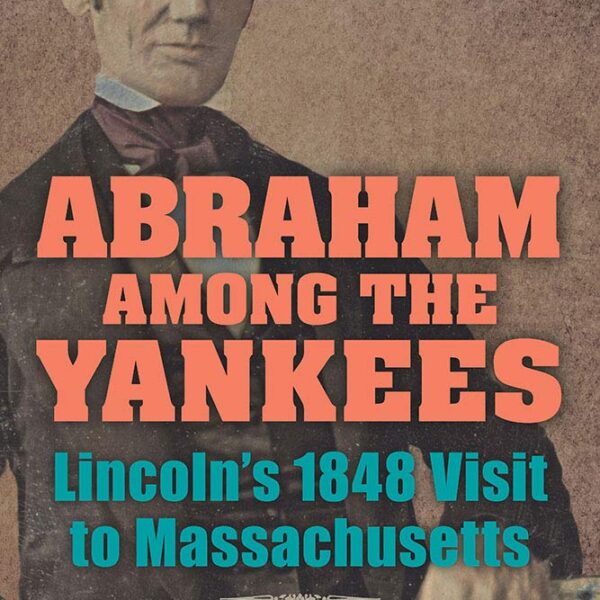Wendell Phillips, known as abolition’s “golden trumpet” due to his oratorical powers, was an ardent abolitionist, a proponent of women’s rights, and, Peter Charles Hoffer contends, the first public interest lawyer in the United States. Phillips always saw abolitionism as a legal campaign that rested on the will of the people. Hoffer, currently Distinguished Research Professor of History at the University of Georgia, labels this belief a “philosophy of strong democracy—a faith that the participation of the many will fashion laws that are just for all” (3). This faith shaped and directed Phillips’ lifetime of advocacy.
Throughout The Radical Advocacy of Wendell Phillips, Hoffer analyzes Phillips as the first public interest lawyer in the United States. Many scholars have argued that public interest advocacy had its roots in the Progressive Era. Not so, Hoffer asserts. Phillips’ advocacy of “the civil rights of people of color, women, and working people anticipated the central concerns of the Progressive Era reform associations and modern public interest law firms” (3). Moreover, Phillips did not just anticipate practices that flowered during the Progressive Era; he also pioneered modern activist lawyering. Phillips believed in a strong democratic positivism. Put another way, “good law aligned with the will of the people” (5). On the surface, this view presented a problem for abolitionists because large numbers of people in the northern and southern states believed that slave law was the will of the people. Phillips, in contrast, argued that the people needed to be educated to see the injustice of slavery and change the laws. Failing this, he believed that the people should abandon the federal government and the Constitution. These beliefs eventually led Phillips to embrace disunion before the U.S. Civil War.
Hoffer begins with Phillips’ birth and works forward. He notes that Phillips did not become an abolitionist because of his association with William Lloyd Garrison or due to Garrison’s advocacy. Indeed, “there is no evidence that Phillips read the Liberator or attended abolitionist meetings until his courtship of Ann” (18). Phillips’ wife thus played a critical role in introducing him to abolitionism. Furthermore, Phillips paid close attention to John Quincy Adams’ fight against the Gag Rule and drew inspiration from Adams’ dogged fight against slaveholder threats to freedom of speech, freedom of the press, and the right to petition. Critically, Phillips’ first public address did not occur in support of William Lloyd Garrison, but, rather, took place on March 28, 1837 at a meeting of the Anti-Slavery Society of Lynn, Massachusetts to discuss a resolution thanking John Quincy Adams for his opposition to the Gag Rule. Phillips, Hoffer asserts, spoke as an advocate of freedom of speech, not as an abolitionist. Although this might seem surprising considering Phillips’ future career, Hoffer notes that it was understandable because “how better to introduce strong democratic positivism than by defending the established rights of petition and speech” (26).
Hoffer also illustrates how Phillips’ “nascent jurisprudence of strong democratic positivism was born before he adopted the role of public interest lawyer” (27). On December 8, 1837, Phillips spoke during a debate at Faneuil Hall over resolutions condemning an anti-abolitionist mob for the murder of Elijah P. Lovejoy. Phillips argued that Lovejoy did not violate the laws but, rather, embodied the laws and that the mob trampled on his rights. In the beginning of his career, Phillips’ idea that “the laws that protected free speech, the press, and petition, must be obeyed—fit easily with his abolitionism. But the logic of his positivism was already leading him to a very different place” (29).
By the early 1840s, Phillips had become an antislavery agitator and spoke “whenever and wherever he could against the institution of slavery. But it seemed that his words made little headway against the winds of events, although his talks drew large audiences and his words were widely reported” (31). Phillips also continued to act in the role of a public interest lawyer. Specifically, he fought against segregation in rail cars and segregated schools in Boston. During this period, Phillips and Garrison developed more radical views about the Union and advocated for “the dissolution of the federal Union and the rewriting of the federal Constitution to bar slavery” (36). Phillips’ advocacy of disunion, as scholars have shown, brought him widespread scorn and condemnation, even from some abolitionists. Throughout the 1850s, as Phillips advocated disunion, he continued to see himself as a public interest lawyer. Phillips supported women’s rights as ardently as he supported abolitionism, largely because of his “advocacy of a public interest cause and his faith in strong democratic positivism” (61).
The U.S. Civil War saw a dramatic change for Phillips. The man who spent years advocating for disunion suddenly converted to Unionism. While Phillips altered his ideas about disunion in the crucible of civil war, he nonetheless retained his faith in a strong democratic positivism, albeit with a twist. By the end of the war, his strong democratic positivism had “become the end of his public interest lawyering. Only when all men and women could claim full civil rights and liberties would those rights be safe for anyone” (97). In sum, strong democratic positivism had become Phillips’ goal rather than his means.
Wendell Phillips, Hoffer concludes, “pioneered the craft of public interest lawyering based on a jurisprudence of strong democratic positivism” (115). Anyone interested in law and society and the legal history of the 19th century U.S. should consider reading this book.
Evan C. Rothera will join the Department of History at Sam Houston State University this fall.
